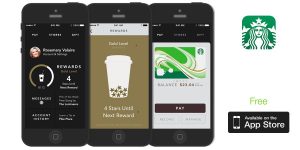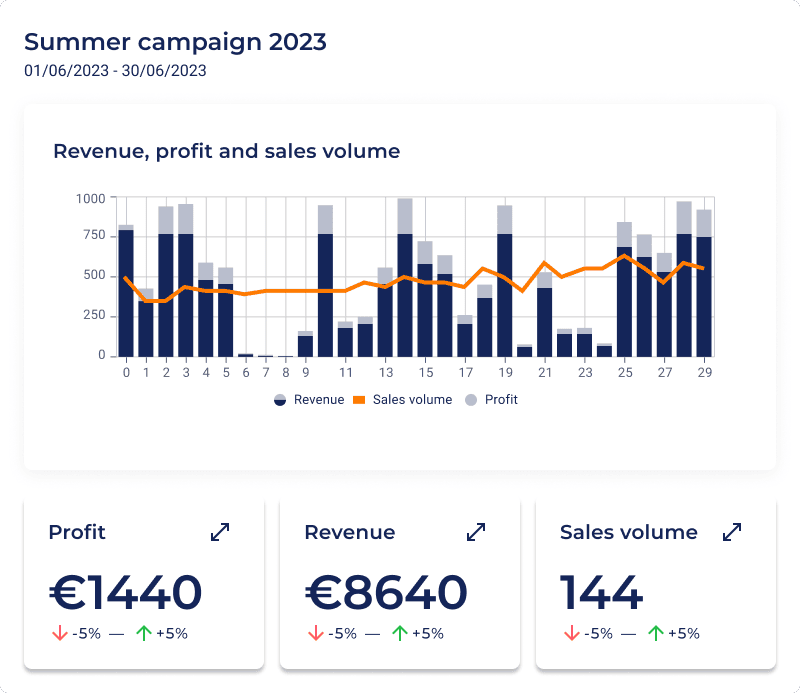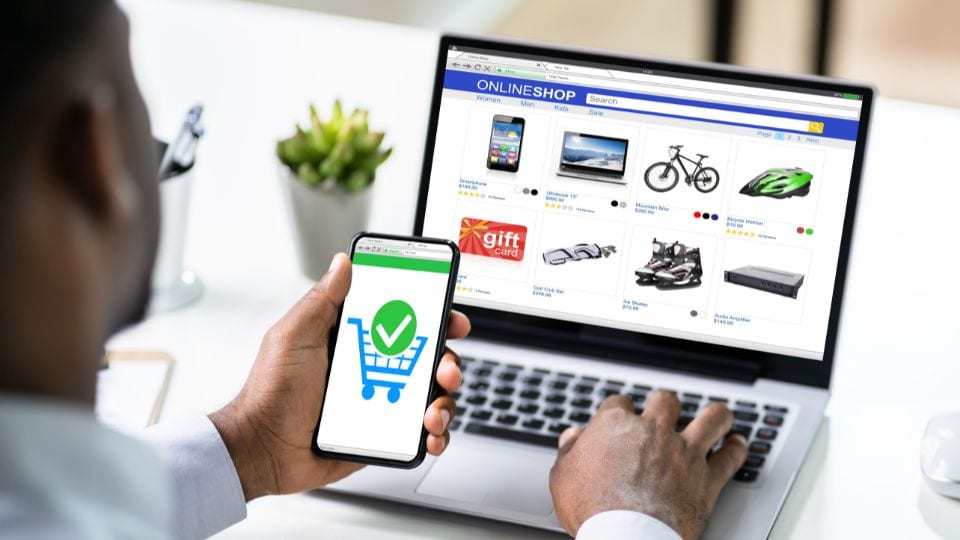Welcome to the exciting world of ecommerce gamification, where shopping meets interactive entertainment! In this blog post, we discuss the innovative concept of incorporating game elements into the online shopping experience to captivate customers and foster lasting loyalty. Let’s delve into the strategies and benefits of implementing gamification in your ecommerce store.
What is Ecommerce Gamification?
Picture this: as you browse through an online store, you notice a captivating spinning wheel that offers exclusive discounts upon signup. Or maybe you come across a progress bar that unlocks special rewards with each purchase. These are just a few examples of ecommerce gamification – a strategy that borrows elements from games to engage and entice customers throughout their shopping journey.
Simulate your strategies.
Ever thought what your profit and volume would look like when applying your pricing strategies?

Leveling Up: Creating an Interactive Shopping Experience
Ecommerce gamification breathes life into the shopping process by adding interactive elements that spark curiosity and encourage participation. From badges, points, and leaderboards to quizzes and challenges, gamification makes each visit to your store a delightful quest for shoppers.
Starbucks:
Starbucks’ mobile app features a gamified rewards program where customers earn stars for every purchase. As they collect stars, they progress through different levels, unlocking additional benefits like free drinks and personalized offers. This gamification approach encourages repeat purchases and fosters customer loyalty.

Puma:
Puma’s online store features interactive quizzes that customers can participate in while browsing their product catalog. These quizzes are designed to be fun and engaging, tapping into the excitement of a game-like experience. The quizzes serve as a gamified approach to product discovery. Instead of traditional browsing or filtering options, customers can answer quiz questions related to their preferences, style, or specific sporting needs. These questions are crafted to create an enjoyable experience for users while collecting valuable data about their preferences.
Engaging Game Mechanics
To truly delight your customers, consider incorporating various game mechanics into your ecommerce platform. Reward loyal shoppers with points for each purchase, which they can later redeem for discounts or freebies. Encourage customer engagement through fun quizzes or interactive polls, which not only entertain but also provide valuable insights about their preferences.
Here are a few ideas you could consider implementing:
- Hidden Discounts: Surprise customers with hidden discount codes that they can discover as they explore your website or interact with specific products.
- Secret Flash Sales: Create a sense of exclusivity by offering secret flash sales available only to select customers or those who have achieved certain milestones.
- Random Gifts Upon Checkout: Delight customers with unexpected freebies or small gifts added to their orders during the checkout process.
- Exclusive Rewards for Milestones:
- Referral Rewards: Offer special incentives to customers who refer friends or family members to your ecommerce store, encouraging word-of-mouth marketing.
- Spending Threshold Rewards: Acknowledge and reward loyal customers who reach specific spending thresholds with exclusive discounts or bonus items.
- Limited-Time Challenges: Host time-sensitive challenges that customers can participate in for a chance to win exclusive rewards or discounts, driving immediate action and engagement.
- Interactive Virtual Badges: Create virtual badges that customers can earn for completing certain actions, such as leaving reviews, sharing products on social media, or participating in community forums.
- Tiered Loyalty Programs: Implement tiered loyalty programs where customers can progress to higher tiers based on their purchasing frequency or spending. Each tier offers increasing benefits and exclusive perks.
- Gamified Product Reviews: Encourage customers to leave detailed product reviews by rewarding them with points or badges for sharing their experiences and insights.
- Spin-the-Wheel Promotions: Implement a virtual spinning wheel that customers can use for a chance to win discounts, free shipping, or other exciting offers.
- Daily Quests and Challenges: Present customers with daily or weekly challenges, such as sharing a product on social media or exploring new product categories, to earn rewards.
- Social Media Contests: Host contests on social media platforms that require participants to engage with your brand or products creatively, with prizes for the most creative or impactful entries.
- Gamified Checkout Progress: Add a progress bar or visual elements that show customers how close they are to completing the checkout process, motivating them to finalize their purchase.
Price campaigns easier than ever.
Create campaigns in a few clicks, get insights and recommendations for your products.

Conclusion
Incorporating gamification into your ecommerce store can be a game-changer for customer engagement and loyalty. By leveraging interactive elements, rewards, and surprises, you can transform the online shopping experience into an enjoyable and memorable journey for your valued customers.
As you embark on this quest, remember to strike a balance between fun and functionality, ensuring that the gamification elements align with your brand’s values and customer preferences. With careful planning and a focus on enhancing customer experiences, your ecommerce store is poised to thrive in the dynamic world of gamified shopping.
FAQ
- How does gamification impact customer retention and repeat purchases in ecommerce stores, and are there specific metrics that demonstrate its effectiveness in driving loyalty?
Gamification in ecommerce can significantly impact customer retention and repeat purchases by fostering engagement and loyalty. Studies have shown that gamified experiences can increase customer engagement, leading to higher levels of brand loyalty and repeat purchases. For example, implementing a rewards program like Starbucks’ mobile app, where customers earn stars for each purchase and unlock benefits as they progress through levels, has been shown to encourage repeat purchases and foster loyalty among customers. Metrics such as customer lifetime value (CLV), repeat purchase rate, and customer retention rate are commonly used to measure the effectiveness of gamification in driving loyalty and repeat purchases.
- Are there any potential drawbacks associated with implementing gamification strategies in ecommerce?
- Technical complexities, such as integrating gamification features into existing ecommerce platforms and ensuring compatibility across devices and browsers, can pose challenges for businesses. Additionally, there’s a risk of customer fatigue if gamification elements are overused or not aligned with the brand’s identity and values. It’s important for businesses to strike a balance between fun and functionality, ensuring that gamification elements enhance the overall shopping experience without detracting from the brand’s image.



